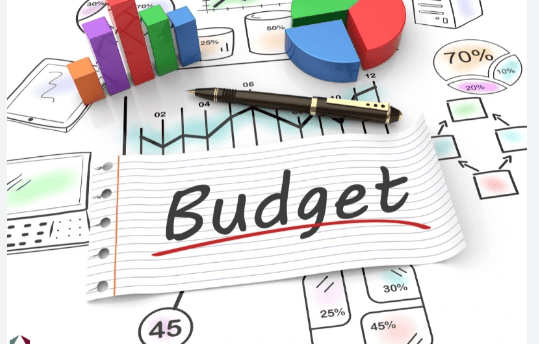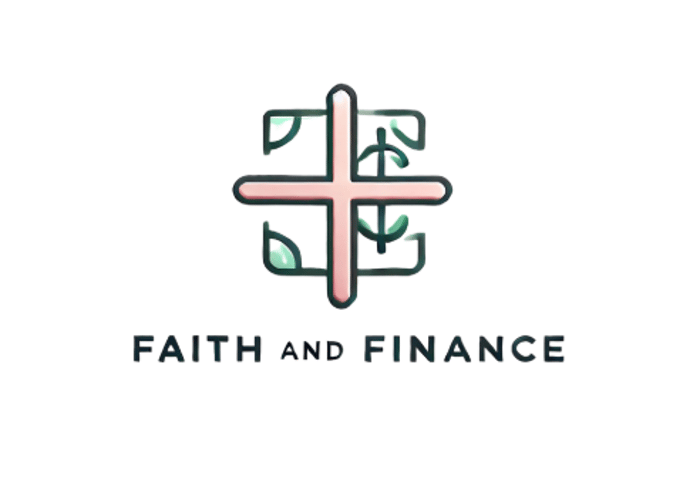coming soon...the steward sheet : Your complete system to budget, save, invest, and eliminate debt — all in one simple, ultimate money manager for financial independence sign up below
Budgeting App vs Spreadsheet vs Physical Planner: Which One Wins?
There’s No “Best” Budgeting Tool — Only the Best for You When it comes to taking control of your money, one thing is clear: You need a system. But here’s the problem: Most people get stuck trying to find the "perfect" budgeting method... …and they never get started at all. The truth is, there is no single best way to budget. Whether you use an app, a spreadsheet, or a physical planner, what matters most is finding a system you’ll actually stick to.
Liliane Meteumba
4/27/20253 min read


Let's break down the pros, cons, and ideal users for each method — and help you find your perfect match.
Option 1: Budgeting Apps
Budgeting apps are digital tools (like Mint, YNAB, PocketGuard) designed to automate your finances and make tracking easier.
Pros:
Automation: Syncs with your bank and credit cards — expenses update automatically.
Alerts and Reminders: Get notifications when bills are due or spending goes off-track.
Visual Dashboards: See where your money goes in colorful charts and graphs.
Goal Setting: Easily set savings goals and track progress.
Cons:
Over-reliance: Some people disengage because everything happens in the background.
Security Concerns: Connecting your bank data can feel risky (though most apps are very secure).
Subscription Costs: Some apps charge fees after a free trial (YNAB, for example).
Best For:
Busy people who want an easy, low-maintenance way to stay organized.
Tech-savvy users who love automation and real-time data.
Option 2: Budgeting Spreadsheets
Spreadsheets (like Google Sheets, Excel, or Airtable) are flexible DIY tools that give you total control over your budget setup.
Pros:
Fully Customizable: You can design your budget exactly the way you want.
No Ongoing Costs: Free tools like Google Sheets = $0 forever.
Deep Awareness: Manually entering transactions keeps you hyper-aware of spending.
Visual Analysis: Build charts, graphs, and formulas customized to your needs.
Cons:
Manual Updating: You have to input your spending manually (unless you build in complex integrations).
Learning Curve: You need to know basic spreadsheet skills (or be willing to learn).
Time Commitment: Setting up and maintaining can take more effort.
Best For:
People who like hands-on control.
Data nerds who love tinkering with categories, formulas, and visuals.
Budgeters who want extreme customization without paying for an app.
Option 3: Physical Budget Planners
Physical budget planners are notebooks, journals, or printed sheets where you write down income, expenses, savings, and goals by hand.
Pros:
Tactile Connection: Physically writing things down strengthens your awareness and memory.
No Tech Distractions: No app notifications or screen fatigue.
Mindfulness: Slows you down enough to really think about every decision.
Creativity: You can color-code, doodle, decorate, and make budgeting more fun.
Cons:
No Automation: You have to manually update everything, all the time.
No Automatic Reports: It’s harder to instantly see trends unless you calculate manually.
Easy to Misplace: Paper can get lost, damaged, or forgotten.
Best For:
People who love journaling, planning, or bullet journals.
Visual, artistic learners who enjoy creativity.
Anyone who wants a completely unplugged budgeting experience.
How to Choose Your Best-Fit Budgeting System
There’s no wrong choice — only what fits your lifestyle.
✅ If you hate data entry → Try a budgeting app.
✅ If you want full control and customization → Build your own spreadsheet.
✅ If you love mindfulness and pen-to-paper rituals → Use a physical planner.
Remember:
The best budgeting tool is the one you’ll use consistently.
If you’re not sure where to start:
Test an app for a month.
Try a simple spreadsheet next month.
Grab a budget journal and see how it feels.
Budgeting isn’t a one-size-fits-all system — it’s a relationship you build with your money.
Quick Comparison Table
Feature Budgeting App Spreadsheet Physical Planner
Automation High Low None
Customization Medium High Medium
Learning Curve Low Medium Low
Mindfulness Low Medium High
Cost Free to $$ Free ~$10–$40
Pro Tip: Combine Tools for Maximum Impact
Some people use a hybrid approach — and it works amazingly well:
✅ Use an app for automatic tracking.
✅ Use a spreadsheet once a month for a deep dive and goal-setting.
✅ Use a physical planner for daily spending mindfulness.
You’re allowed to mix and match until you find what keeps you engaged and moving toward your financial goals!
Final Thoughts: The Budgeting Tool Isn’t the Goal — Freedom Is
Budgeting isn't about spreadsheets, apps, or notebooks.
It’s about freedom.
It’s about having a plan.
It’s about telling your money where to go — so it funds your dreams instead of vanishing into random expenses.
Choose a tool that fits your lifestyle.
Stick with it long enough to build a habit.
And watch how fast small daily decisions lead to huge long-term wins.
Your financial breakthrough starts with one simple choice: Start today.
SUSCRIBE on my YouTube channel @ https://www.youtube.com/@lilianemeteumba
Faith&Finance
Transform You finances without compromising your values!
757-301-1682
© 2025. All rights reserved.
